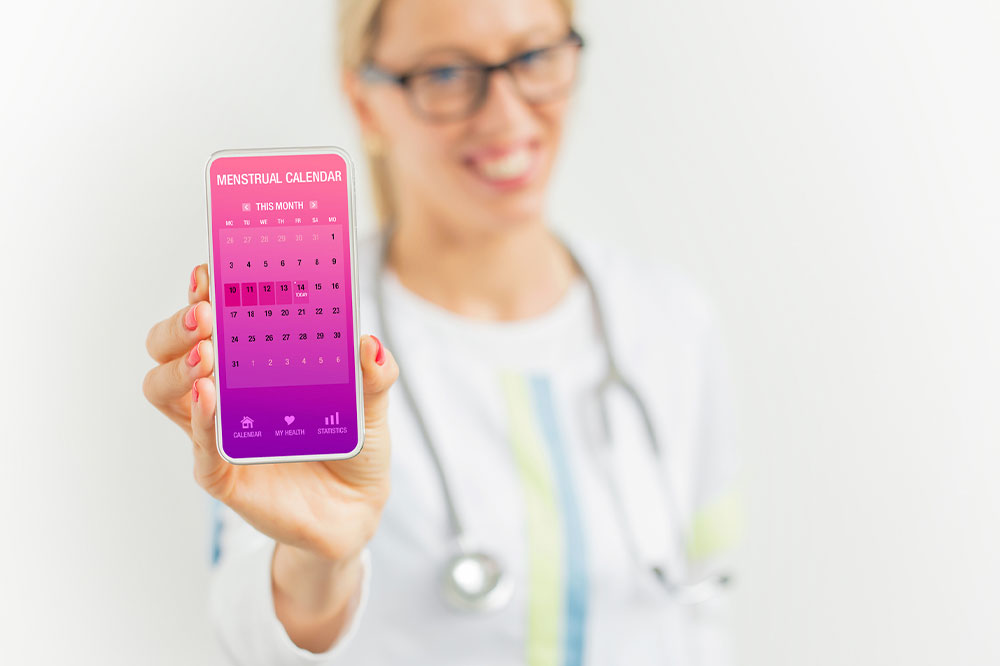Check out these top 5 period tracking apps

While most women experience periods once a month, the timing, symptoms, and flow vary from one menstrual cycle to another. Many may experience bleeding approximately 28 days after the previous cycle, but for some, the gap can be anywhere between 21 and 40 days. Additionally, the flow can be strong, moderate, or light. Here, period-tracking applications can be incredibly useful in helping users track, monitor, and understand their menstrual cycles.
Best period trackers
Women usually keep a general track of their menstrual cycle, but with the help of the following period-tracking applications, users can do much more.
Clue
It is one of the most popular period tracking applications and has been featured in multiple magazines. The application helps users identify unique patterns in their menstrual cycle. Further, Clue is completely free for both iOS and Android users and offers a variety of tracking features.
Flo
Flo period tracker is an incredibly popular app with a large consumer base. Millions of people log in to the application daily to record their period and ovulation symptoms. The application uses this data to create graphs showing the user what their body is going through at any time. In addition to being a period tracker, it can turn into a pregnancy tracker if and when needed. The Flo app has free and paid versions, with basic features available free of charge and optional premium membership offering additional tools.
Glow
The Glow app employs a data-driven menstrual and ovulation calendar to provide an accurate forecast of one’s periods and ovulation. Once the application records a cycle, the predictions become smarter with time. So, Glow can be incredibly useful for users either seeking to avoid pregnancy or trying to conceive. Further, this free-of-charge application can also help users undergoing fertility treatments, such as in vitro fertilization ( IVF) and intrauterine insemination.
MagicGirl
If one is just starting out, they might feel intimidated by the thought of period tracking. However, the MagicGirl application was designed for teenagers and makes learning the ins and outs of the menstrual cycle incredibly easy. Additionally, the application also helps its users know more about hygiene products and even has a chat feature where one can talk to other users and seek advice. Finally, this free application also offers its young users menstrual education videos so that they can make informed decisions.
Cycles
Menstrual cycles can be tricky to understand, and at times, one may feel the need to share the period-tracking data with their partner. The Cycles application fills this need and enables users to invite their partners and share the application data with them. Additionally, the application also offers features such as body and mood tracking, period and ovulation tracking, and even reminders for birth control. Available free of cost for iOS, the Cycles app also has an insights feature, which allows users to view the predictions.
Period-tracking apps are useful tools that help users recognize patterns and abnormalities in their menstrual cycle. One can choose from the abovementioned apps to track their cycles or check out other options based on their needs.





